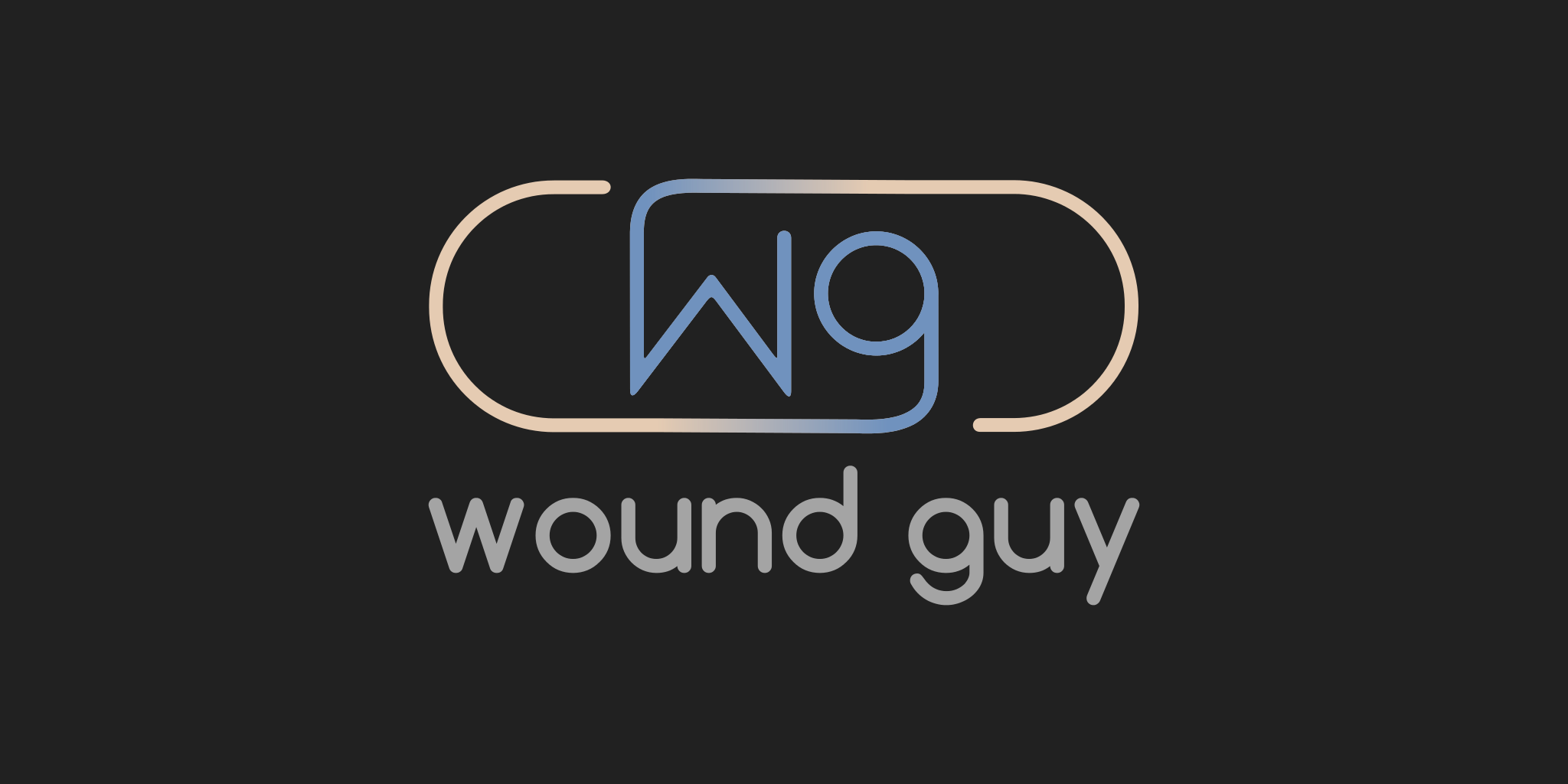Update from the WUWHS meeting #2
This is the second composition of WUWHS presentation summaries.
1. Electrical stimulation (ES) devices such as WoundEL and AccelHeal were discussed for hard-to-heal wounds. The next step in development will be to replace the machine-to-patient leads with systems which use wireless microcurrent stimulation. ES benefits have been well documented and include : enhance angiogenesis, nerve growth, pain reduction, oedema reduction, increased epithelialisation and also bacteriostasis.
2. Pruritis is now recognised to have a strong link to neuropathic pain. Electrical Stimulation via a process known as T.E.N.S Scrambler Therapy can reduce the symptoms of intense and prolonged pruritis. On occasions this intervention has been combined with Gabapentin. Conservative measures continue to involve skin cooling, topical and/or systematic antihistamines, and topical local anaesthesia.
3. Dr Christian Willy presented data that using NPWT to dress surgical incision wounds reduced SSI by >30%. His colleagues suggested that the rate of SSI can be further reduced when staples and sutures are eliminated from skin closure in favour of subcutaneous approximation.


